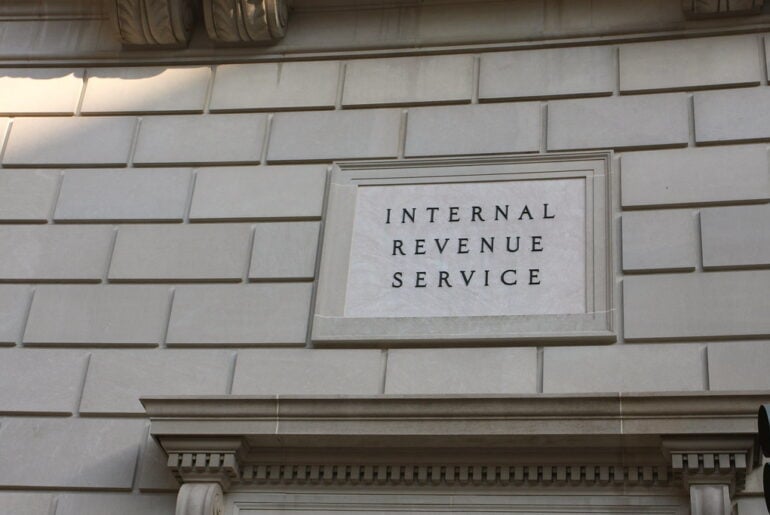On August 26, 2020, the SEC adopted final amendments to Regulation S-K, which modernize certain disclosure requirements relating to description of business, legal proceedings and risk factors. The amendments include a new disclosure topic that will require registrants to describe their human capital resources, including any human capital measures or objectives that the registrant focuses on in managing the business, to the extent that such information is material to an understanding of the registrant’s business taken as a whole. The SEC’s principles-based approach to human capital disclosure under the final amendments comes in response to heightened scrutiny and growing demands from stockholders, proxy advisory firms and other stakeholders in recent years.
Background
The newly added human capital disclosure requirement is located in Item 101(c) of Regulation S-K which applies to domestic registrants and foreign private issuers that have elected to file on domestic forms subject to the Regulation S-K disclosure requirements, such as registration statements, periodic reports, and certain proxy statements. The final amendments will become effective 30 days after publication in the Federal Register.
For a summary of the final amendments, please see our client alert entitled “SEC Adopts Final Rules to Modernize Regulation S-K Disclosure”.
Final Rule on Human Capital Disclosure
The final amendments to Item 101(c) require disclosure of the following topics to the extent material to an understanding of the registrant’s business taken as a whole (or, if the information is material to a particular segment, then that segment should be identified):
- A description of the registrant’s human capital resources, including the number of persons employed by the registrant, and
- Any human capital measures or objectives that the registrant focuses on in managing the business (such as, depending on the nature of the registrant’s business and workforce, measures or objectives that address the development, attraction and retention of personnel).
For additional information on the human capital disclosure requirement under the final amendments, please see our client alert highlighted above.
Next Steps
Companies should begin to prepare for the new human capital disclosure requirement to take effect and below is a list of key issues to consider to help with this process:
- Identify human capital resources, measures and objectives. Companies should identify their human capital resources, not only in terms of the number of employees, but also by examining the ways in which managing the workforce creates value to the company, such as in the areas of recruitment, retention, talent development, training, health and safety, productivity, diversity and inclusion, and culture. While the final rules provide examples of human capital measures and objectives, including those that address the development, attraction and retention of personnel, other more specific examples may include: stability of the workforce (e.g., voluntary and involuntary turnover rates), average hours of training per employee per year, human capital trends (e.g., competitive conditions and internal rates of hiring and promotion), worker productivity and progress that management has made with respect to any established objectives regarding human capital resources.
- Review and analyze previous human capital disclosure. To the extent that companies have previously disclosed capital resources, measures or objectives, whether pursuant to SEC filings, external communications with stakeholders or otherwise, companies should ensure that this information is taken into account in determining any subsequent disclosure regarding human capital.
- Consider views on human capital management from investors and proxy advisory firms. Companies should consider views on human capital management from investors and proxy advisory firms to understand those issues considered important to these stakeholders as this may impact a company’s human capital disclosure.
- Consider board or committee oversight of human capital management. Companies should determine the extent to which the board of directors or a committee thereof is responsible for oversight of human capital management and understand the key human capital measures or objectives that the board or committee is focused on in exercising its oversight responsibility. Many companies provide the full board of directors with general oversight of human capital management matters and allocate specific oversight responsibilities to the compensation committee or other appropriate committee as needed.
- Engage external advisors. Companies may wish to engage external advisers to further ensure that the appropriate components of human capital resources, measures and objectives are properly being considered.
If you have any questions on the topics covered or need further clarification on any particular issue, please do not hesitate to get in touch with your Baker McKenzie attorney.



